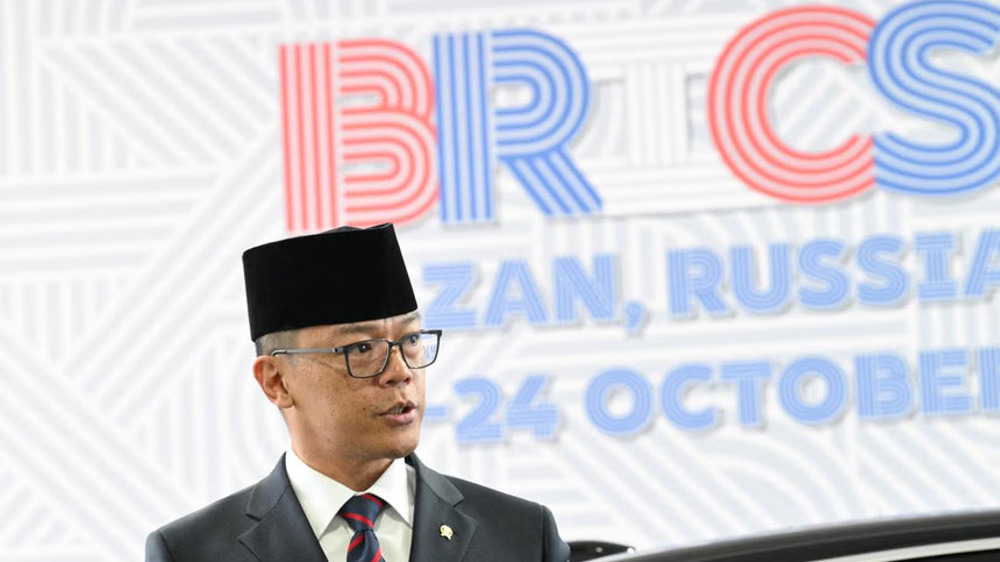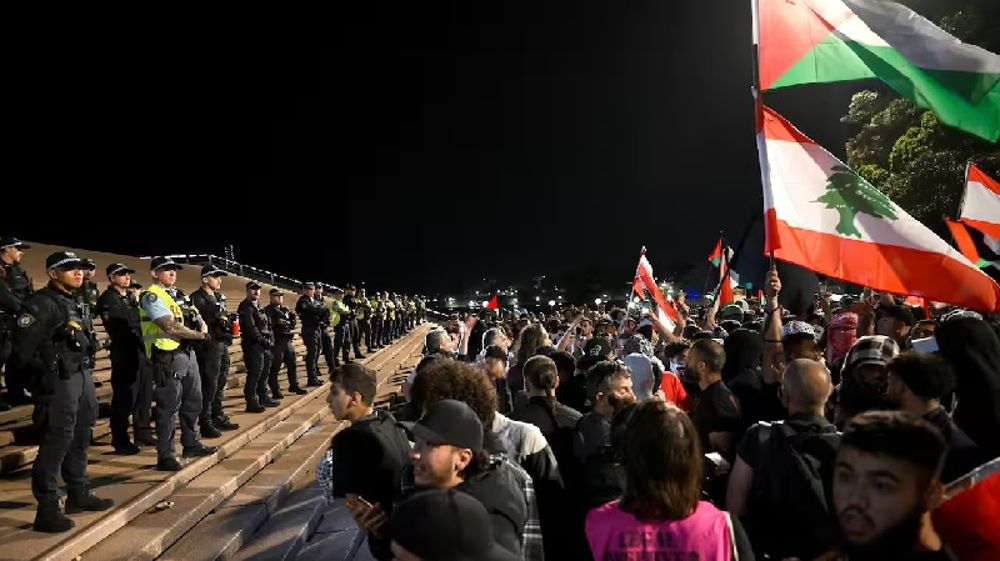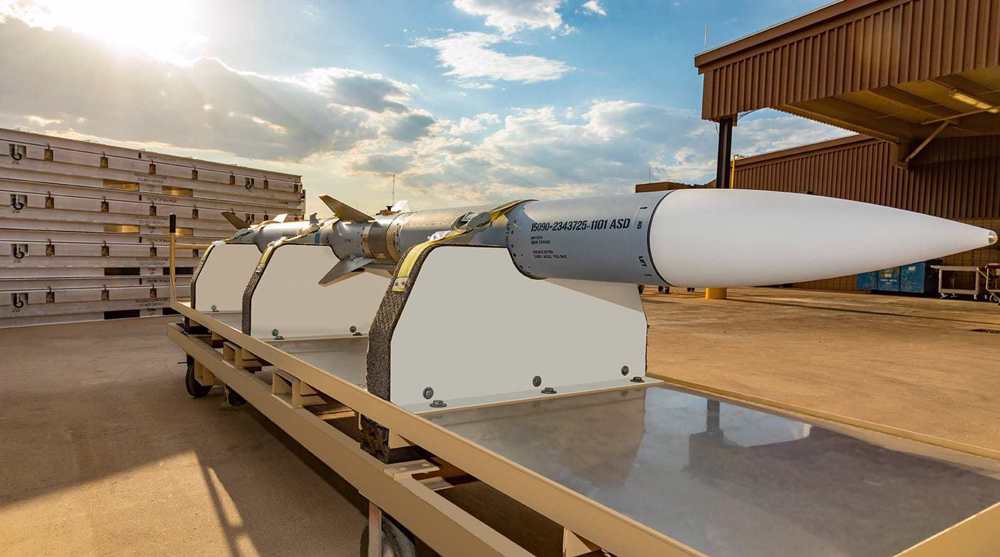Japan ‘seeks to build fighter jet modeled after Western aircraft’
Japan is seeking proposals from defense companies for a new advanced jet fighter, dubbed the F-3, based on existing Western aircraft models, sources say.
Japan this month issued a third request for information (RFI) to defense companies, seeking proposals for the new aircraft, to help kick-start development of the F-3 project, which is estimated to cost around $40 billion.
Unlike the first two requests, this one went only to foreign companies in the United States and Europe, with a separate, more detailed document delivered to London and Washington, according to the sources, who have direct knowledge of the requests.
The requests for a design based on existing aircraft and the separate documents sent to the British and US governments have not been previously reported.
The sources declined to be identified because they are not authorized to speak to the media.
Existing airframes Japan could use include the F-35 Lightning II stealth jet built by Lockheed Martin Corp or Boeing Co's F/A-18E/F Super Hornet; and the Eurofighter Typhoon, manufactured by a European consortium including BAE Systems Plc.
Japan's last domestically produced jet fighter, the F-2, which entered service in 2000, was built jointly by Mitsubishi Heavy Industries (MHI) and Lockheed Martin based on the US F-16 multi-role fighter. As Japan's leading fighter maker, MHI, which built the World War Two-era A6M Zero, would anchor the Japanese share of the F-3 project.
"We are considering domestic development, joint development and the possibility of improving existing aircraft performance, but we have not yet come to any decision," a Ministry of Defense representative said.
Building Japan's next-generation fighters based on a foreign aircraft already in service could save money, but comes at the expense of losing advanced features like stealthy shaping. Neither the Typhoon nor Super Hornet are designed to be near-invisible to radar.
Japan has so far struggled to come up with its own design for a new aircraft, raising questions over the country's first jet fighter program since the F-2.
Japan will need to begin preliminary talks with Washington soon if it wants to include anything substantial about the F-3 in the new five-year defense equipment plan, which begins in April 2019. Details on that plan will be released at the end of the year, another of the sources said.
Although some Defense Ministry officials and lawmakers have lobbied for a domestically-made aircraft to help sustain Japan defense companies hurt by increased spending on US gear, finance officials have questioned whether that is cost-effective.
Opting for international cooperation should lower the cost of a new jet by expanding the number of users, spreading the unit cost beyond Japan's air force.
(Source: Agencies)
Hot water and sewage: Palestinians share harrowing tales of torture in Israeli prisons
VIDEO | Thousands evacuated in Ethiopia amid earthquakes, volcanic eruption fears
Revealed: Israeli ministers eye restoration of illegal settlements in Gaza through genocide
How Los Angeles’ pistachio tycoons facilitated and profited from wildfires
Iraqi PM: Iran was in Syria to fight terrorism; presence requested by Damascus
Hamas: Israel's massacre in Jenin camp won’t break resistance
60 bodies recovered from abandoned South African gold mine: Police
Biden administration ‘quietly’ circumnavigating own ban on TikTok: Report












 This makes it easy to access the Press TV website
This makes it easy to access the Press TV website